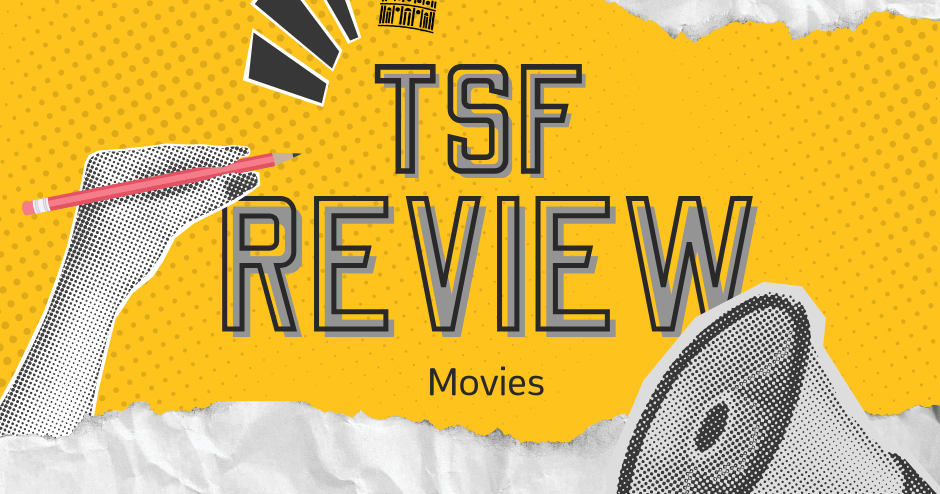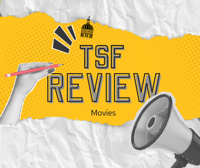Graphic by TheStatehouseFile.com.
“The Smashing Machine” is a series of glancing blows.
Dwayne (The Rock) Johnson gives the best performance of his career as MMA pioneer Mark Kerr. Yet the screenplay is unfocused, with none of its punches landing flush to earn the crowd’s roar of approval.
The biopic follows Kerr’s life from 1996 to 2000, while competing in the Pride Fighting Championships in Japan and the UFC in the states. The guy was a monster, a national collegiate wrestling champion who bulked up to 255 pounds of fast-twitch muscle to complement his “ground and pound” style of fighting—hence the nickname “The Smashing Machine.”
Scott McDaniel, assistant professor of journalism at Franklin College.
Photo provided: https://franklincollege.edu/academics/majors/multimedia-journalism-franklin-college/scott-mcdaniel/
The early days of MMA are fascinating for a lot of reasons—then-Sen. John McCain called it “human cockfighting”—and we get a glimpse of this in this biopic. Still, the film is held back by offering too many fleeting glimpses. A lot of stuff happened to Kerr in those years. It was captured in a 2002 HBO documentary of the same title, yet director Benny Safdie (“Uncut Gems”) fails to show us why any of it demands a feature film.
Straining to avoid sports cliches and be something original, the film never knuckles down on anything enough to make it so.
Which is too bad because The Rock has elevated himself beyond the expected role of big, witty hero. Johnson disappears into the character, channeling Kerr’s mannerisms and voice, showing more range than ever before. The easier part might’ve been putting on 30 pounds of muscle for the role.
Like Johnson, Emily Blunt’s performance is stellar as Kerr’s then-girlfriend, Dawn Staples. However, when their troubled relationship takes center stage, it repeatedly feels surface level—you’re not nice to me, I’m not happy—and never gets in the nitty gritty of their complicated relationship. No fault of the cast, the script just throws a lot of arcs out there and never bothers to truly dig into any of them.
The film’s exploration of Kerr’s drug addiction feels superficial as well. It’s an important part of his story, but we don’t see his internal struggles with it, coming to terms with it in rehab, or the lingering pull back toward it.
The fights suffer the same fate. The atmosphere of the venues feels authentic until the fighters meet in the cage. At no point does the film capture the emotions of standing across the cage from a trained assassin who wants to destroy you.
I wonder if it’d help to speed up the fight scenes, just a smidge, to better capture the realism and mirror the raw explosiveness of a former D1 wrestling champion shooting in for a takedown. Johnson’s fights especially feel overly clunky and slow until the action is on the ground and Hulk is free to smash.
The film hasn’t lived up to the hype at the box office, but Johnson justly feels good about the work he put in.
“In our storytelling world, you can’t control box office results—but what I realized you can control is your performance, and your commitment to completely disappear and go elsewhere. And I will always run to that opportunity,” he said on his Instagram.
Johnson transforms into Kerr with startling conviction—if only the film around him didn’t pull its punches.
3/5
Scott McDaniel is a department chair and assistant professor of journalism at Franklin College. He lives in Bargersville with his wife and three kids.



